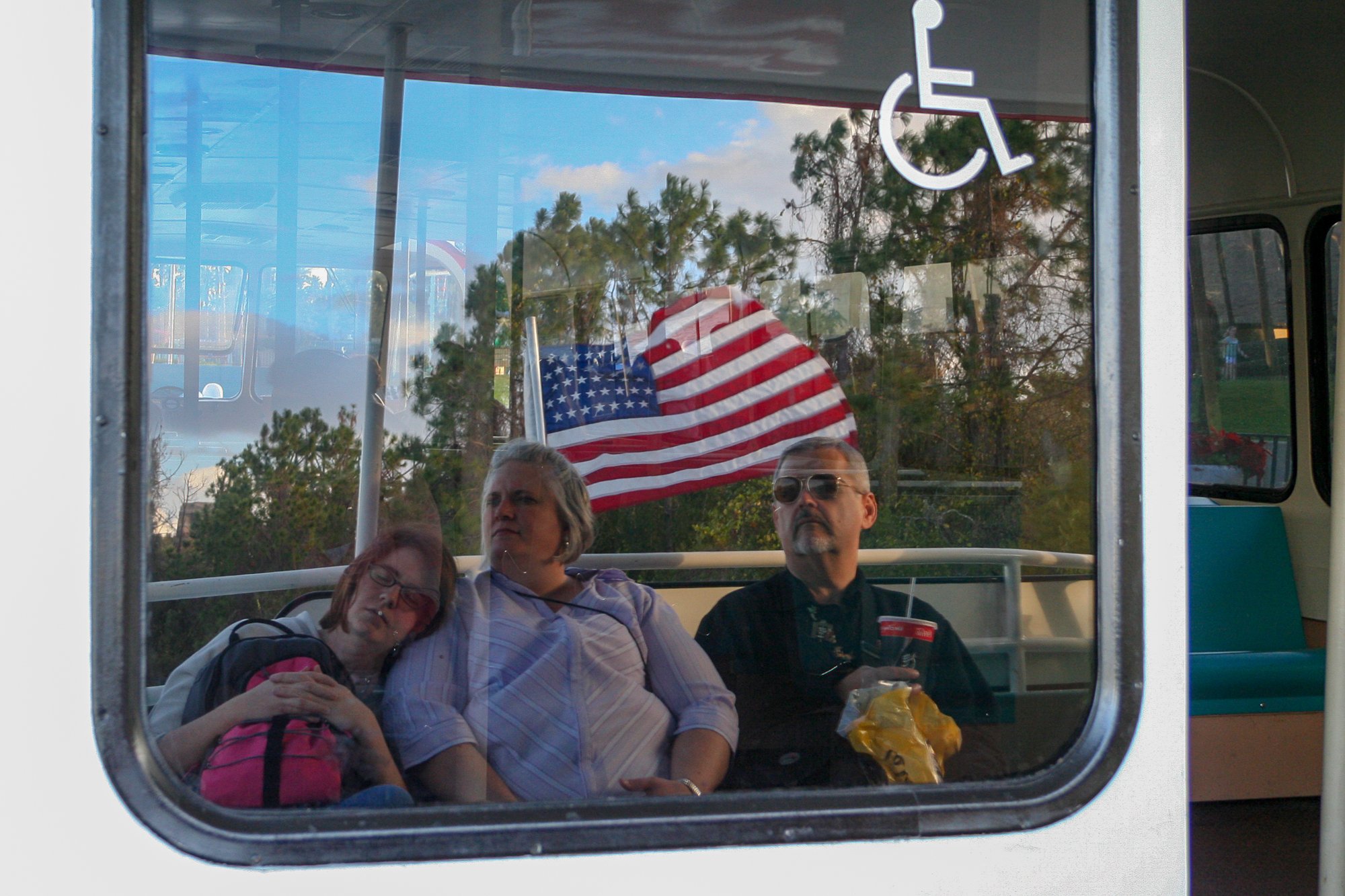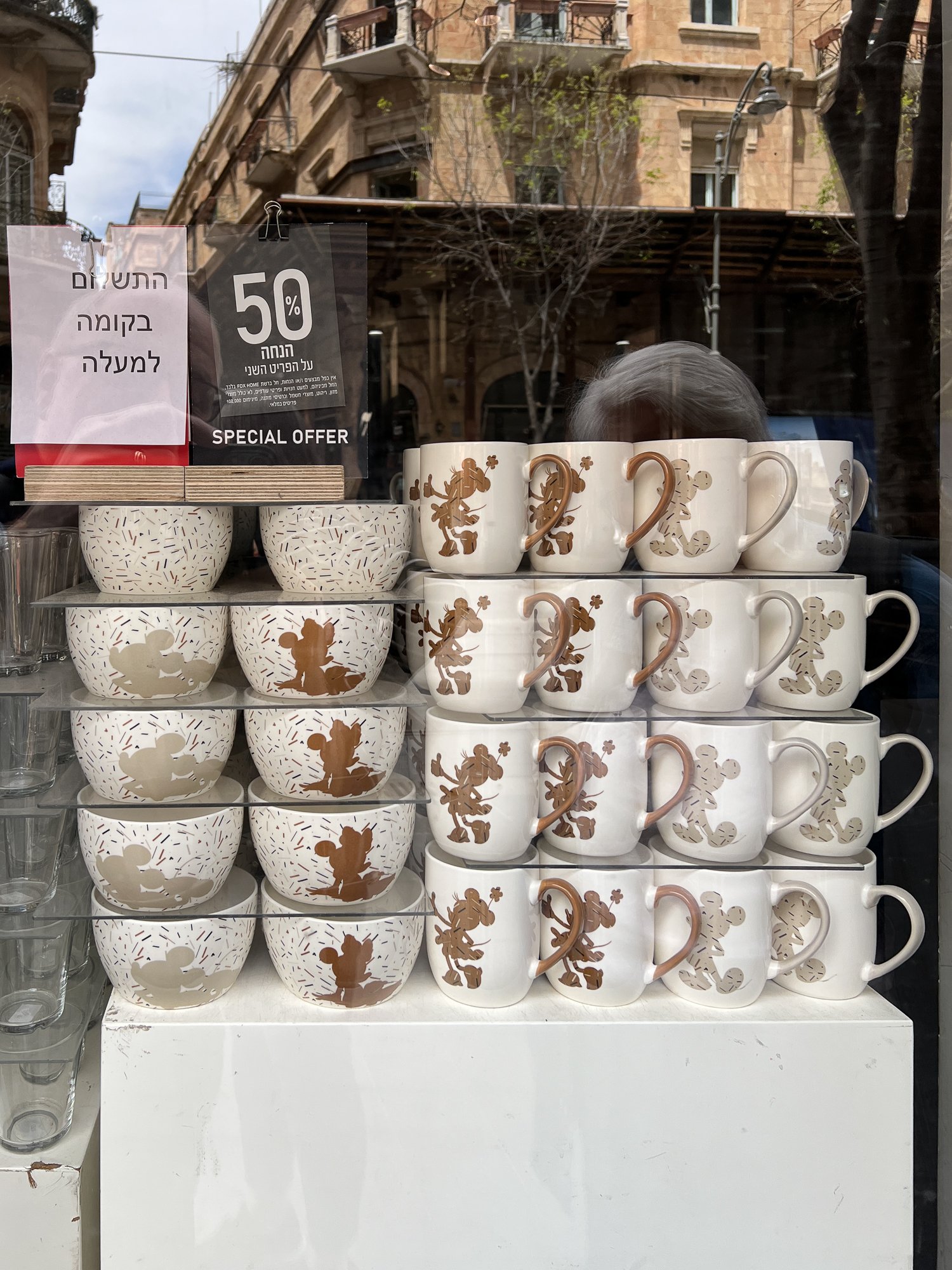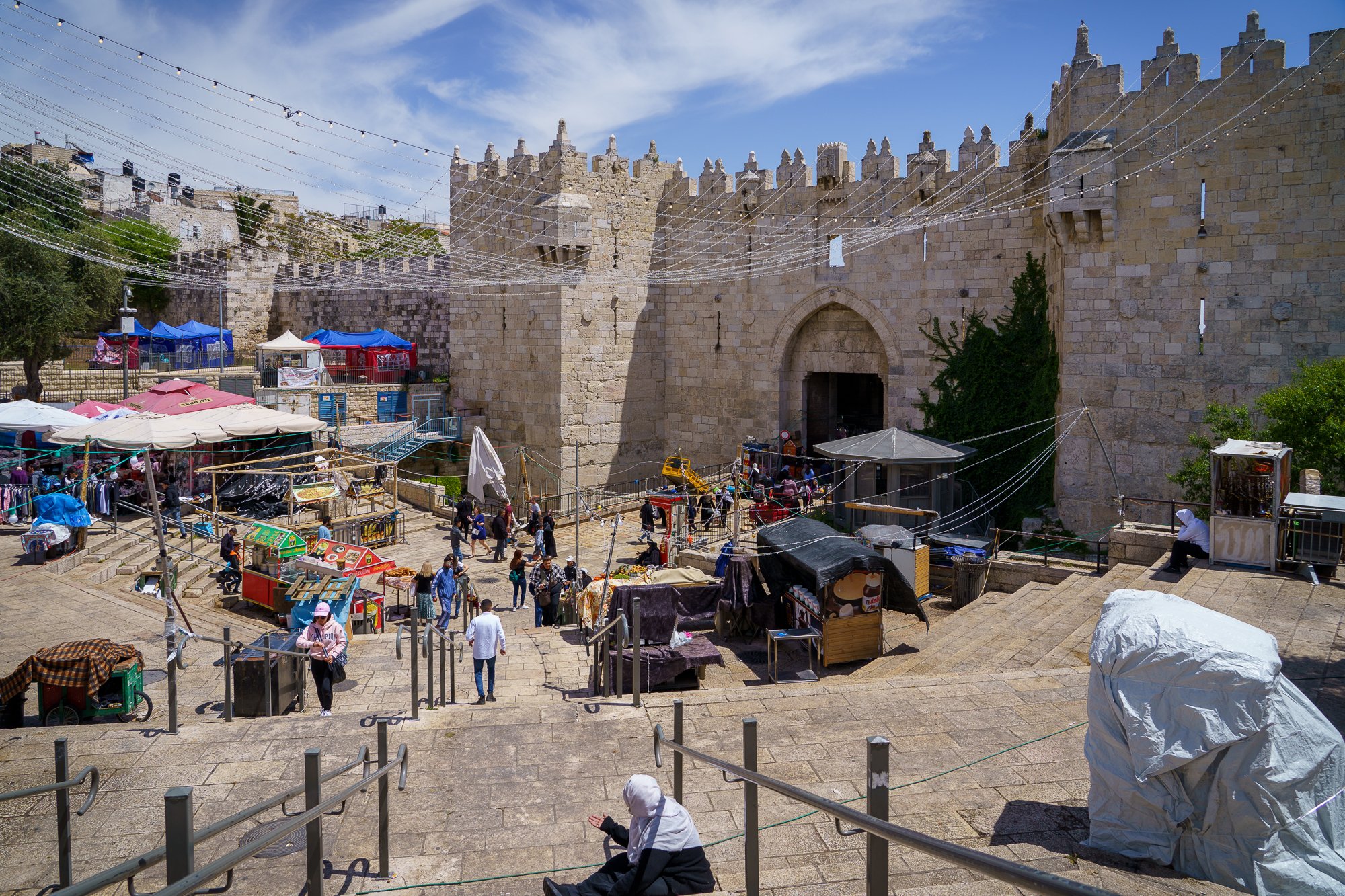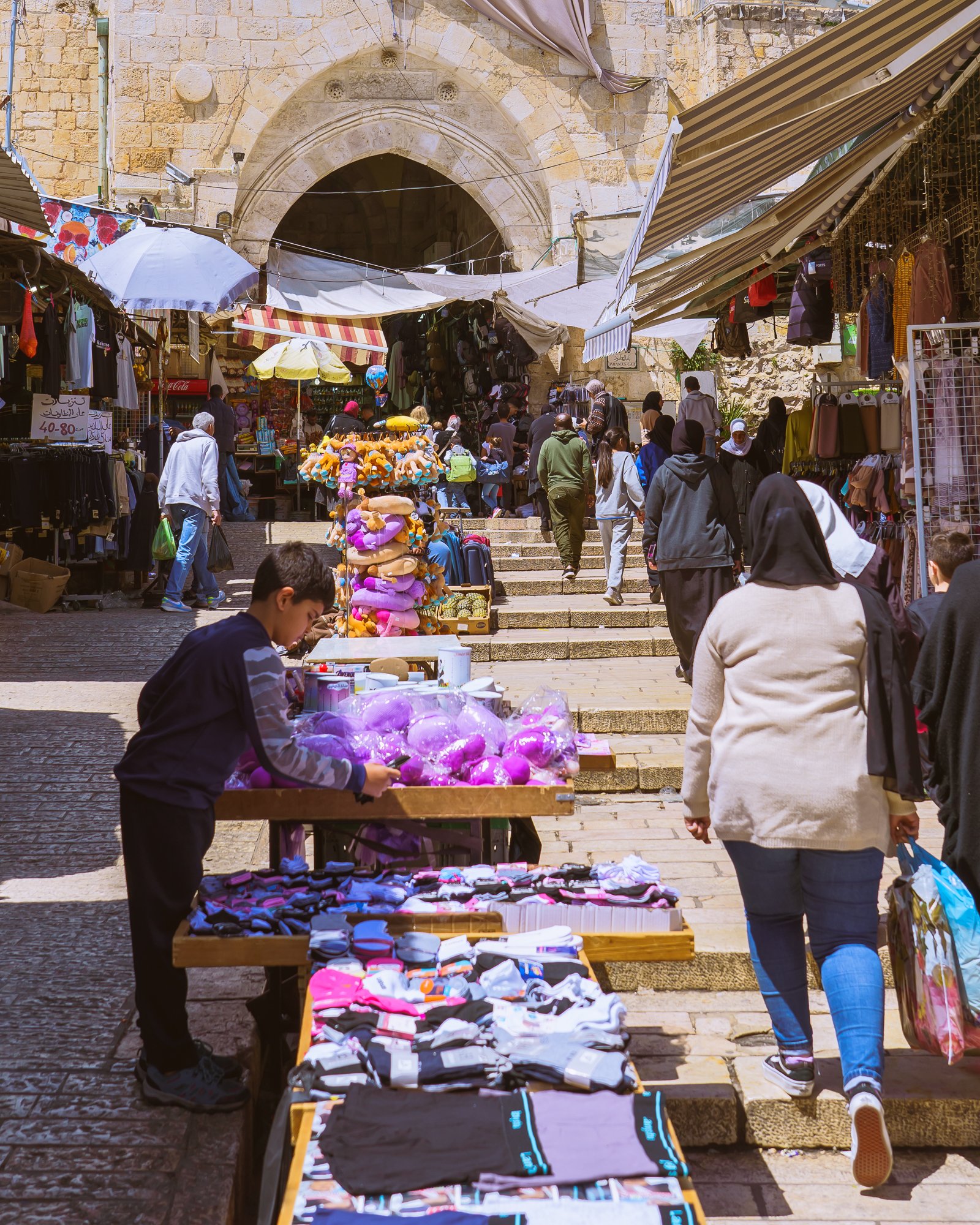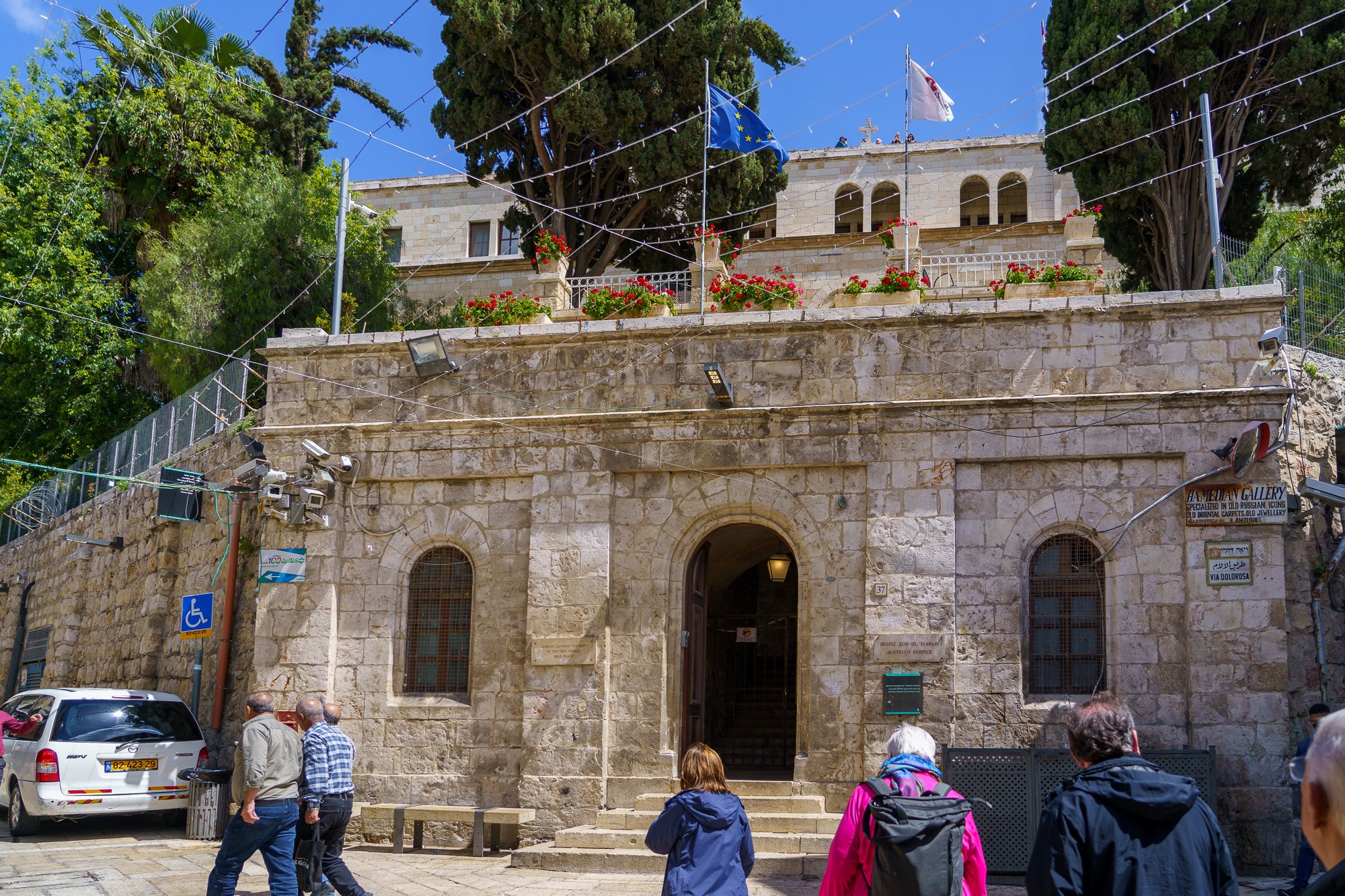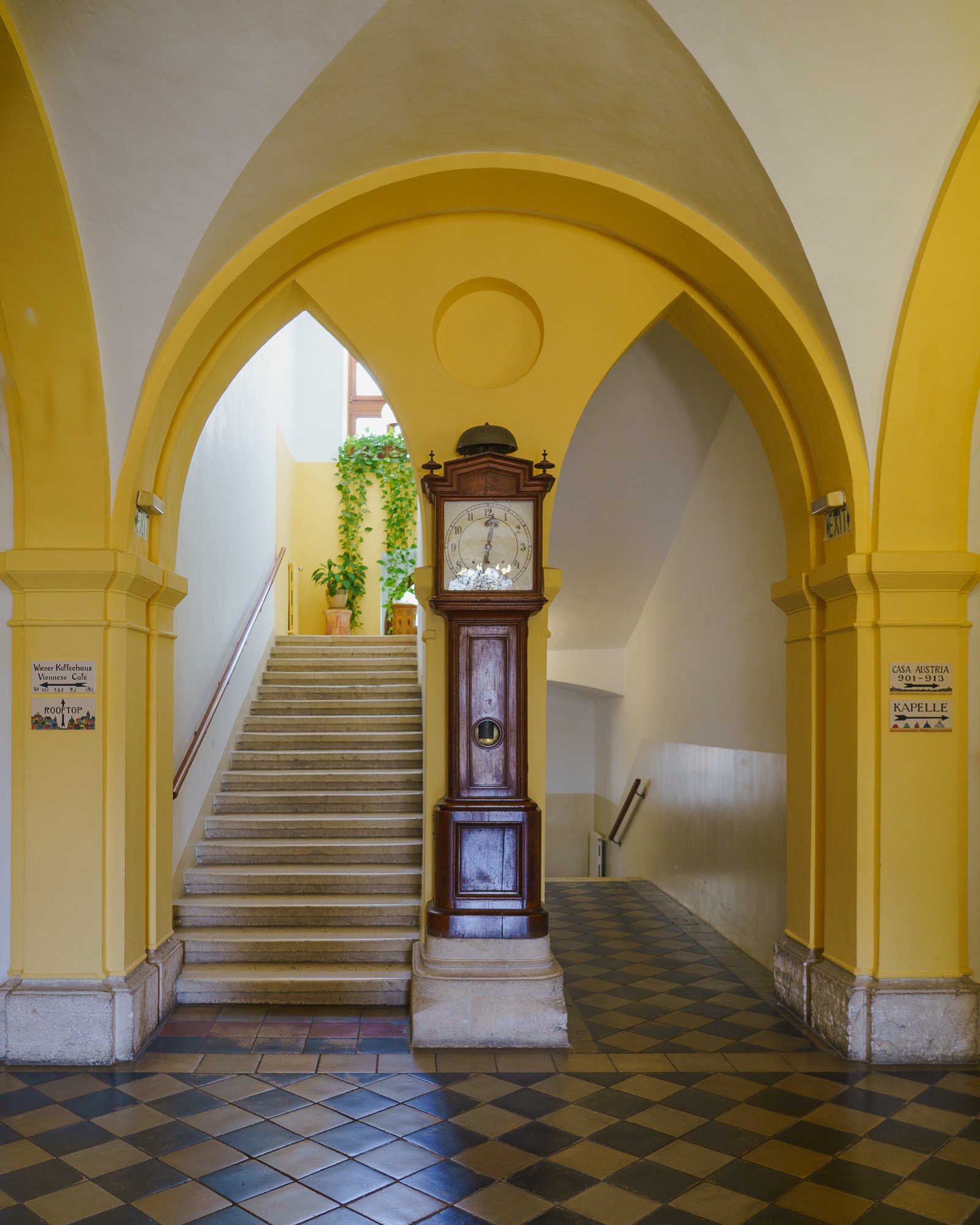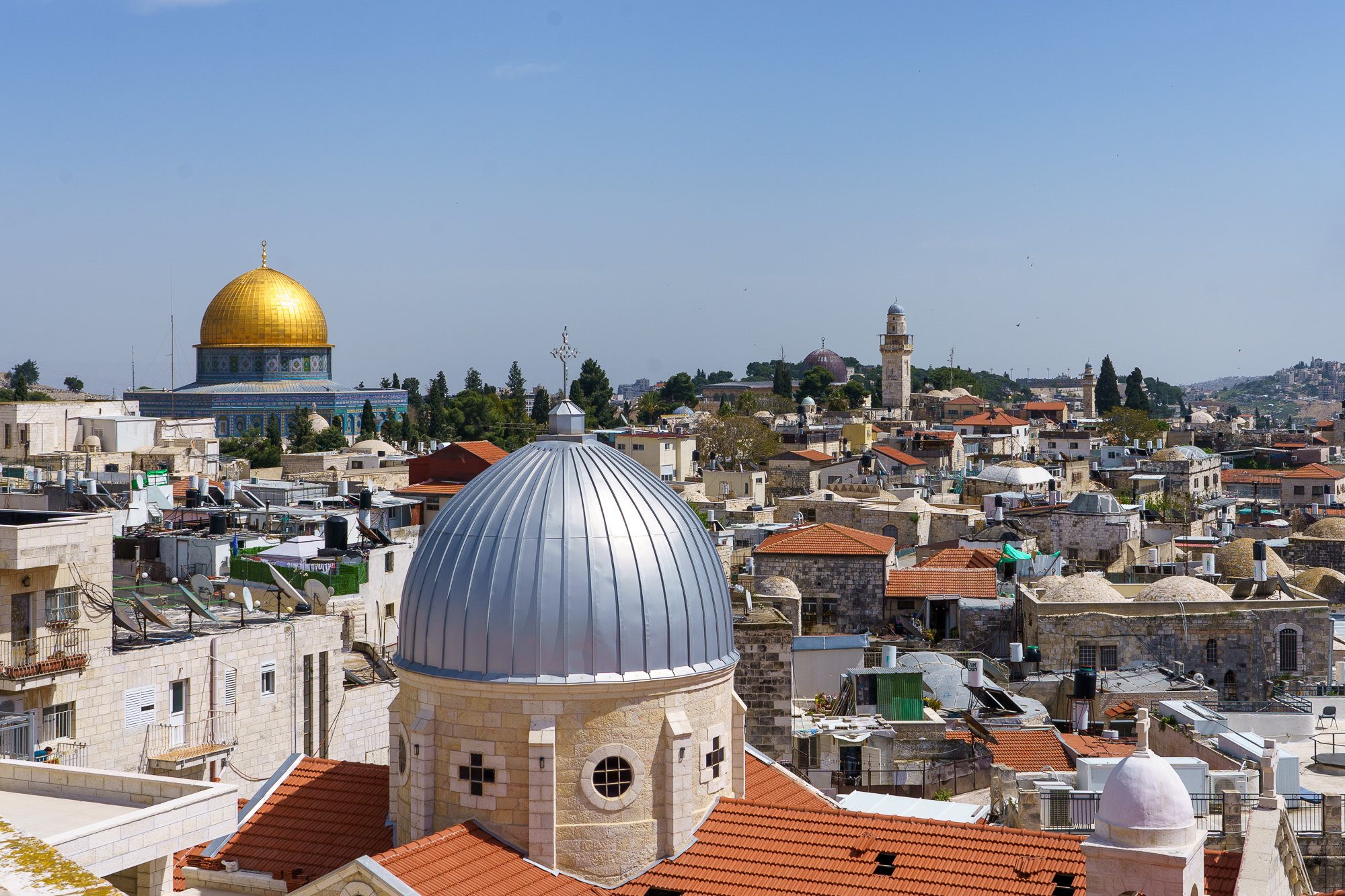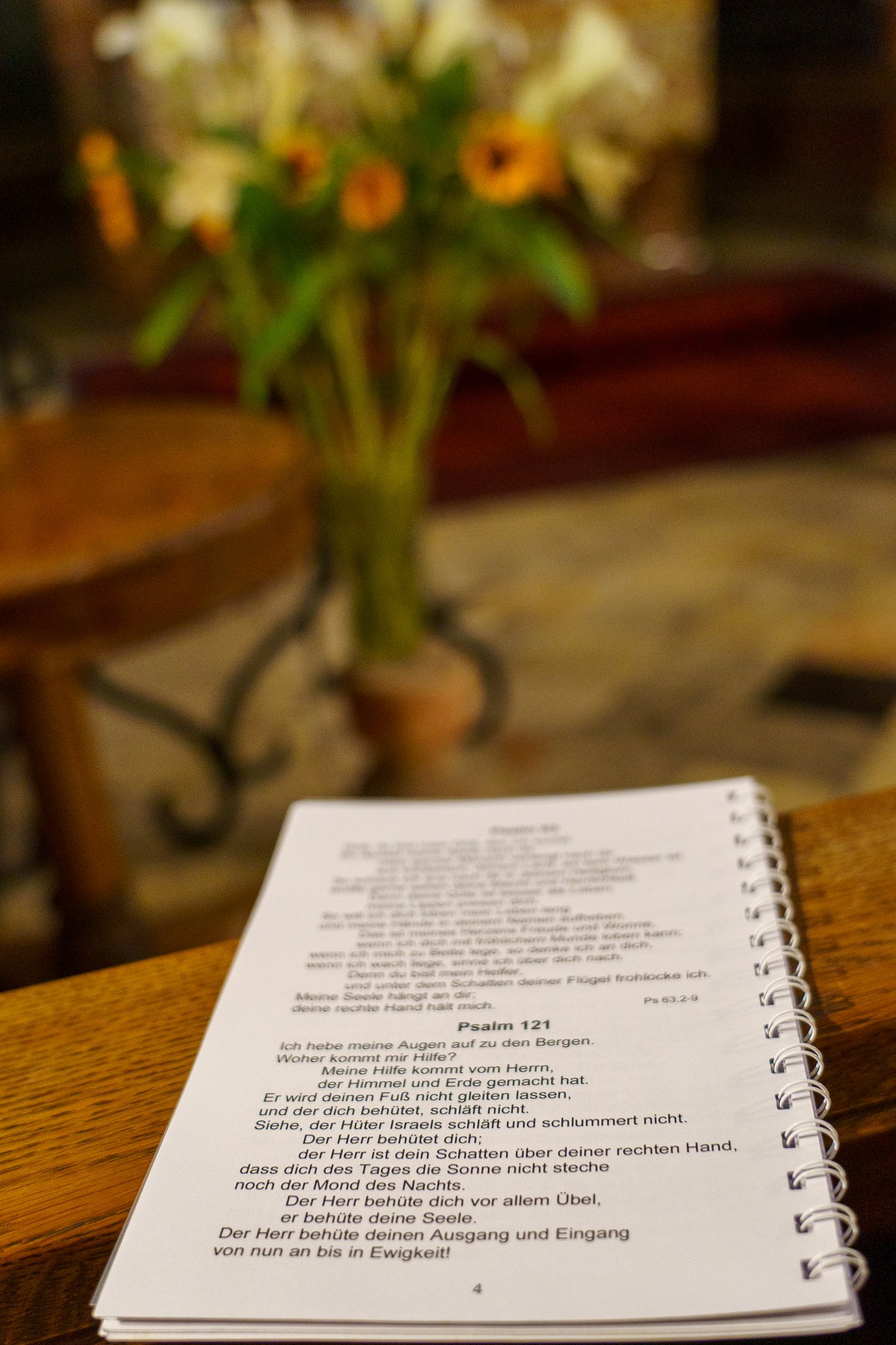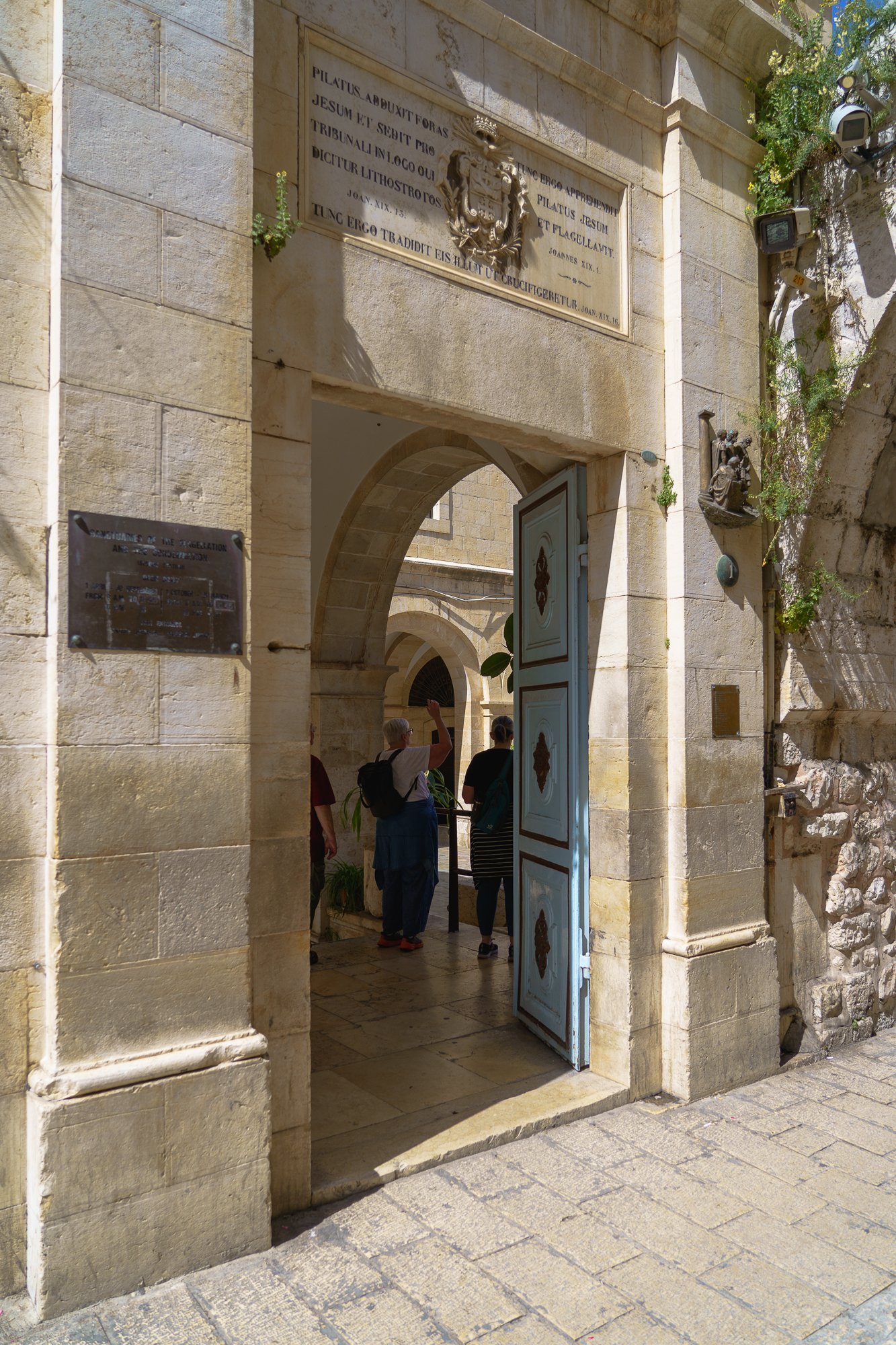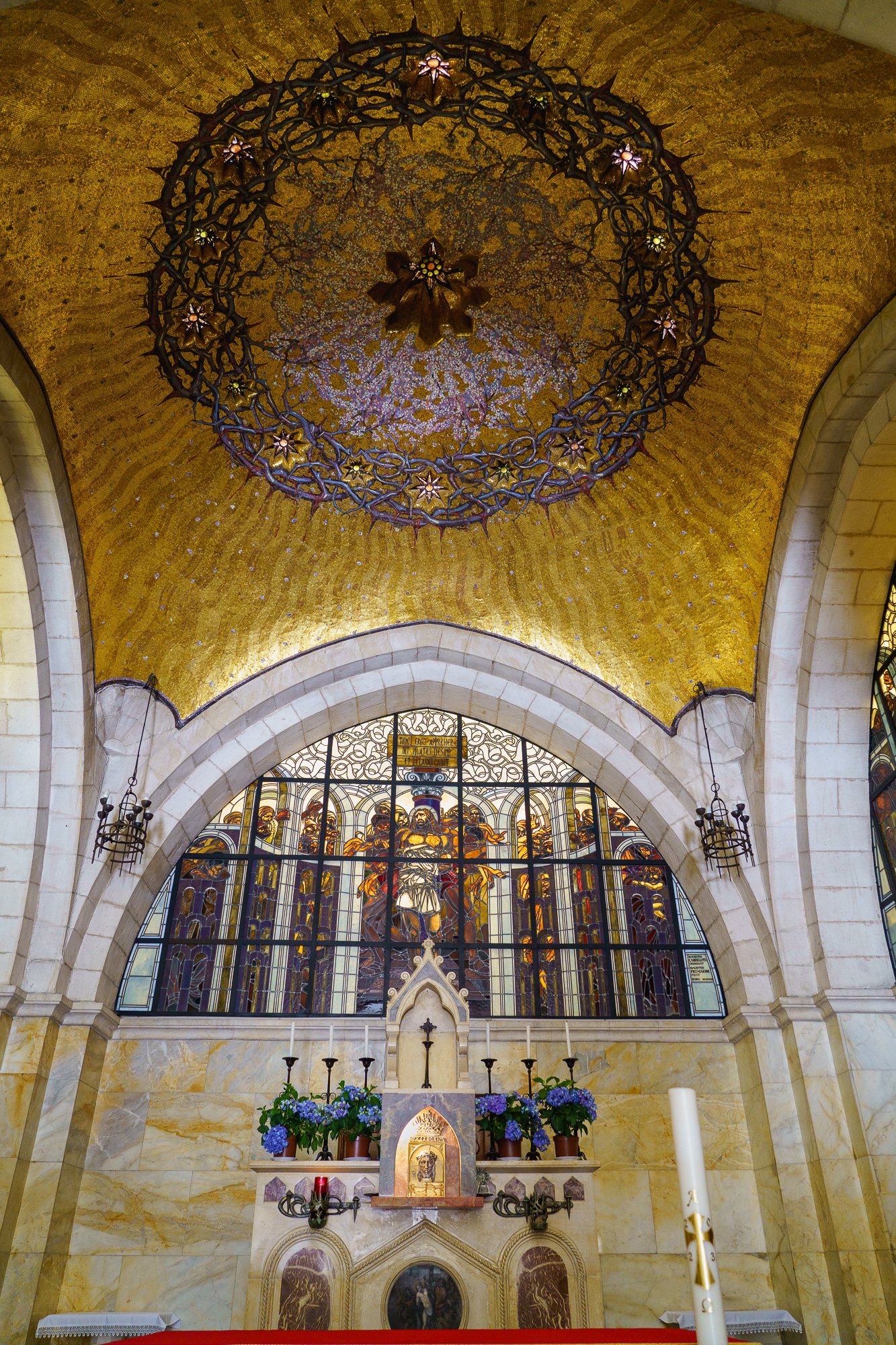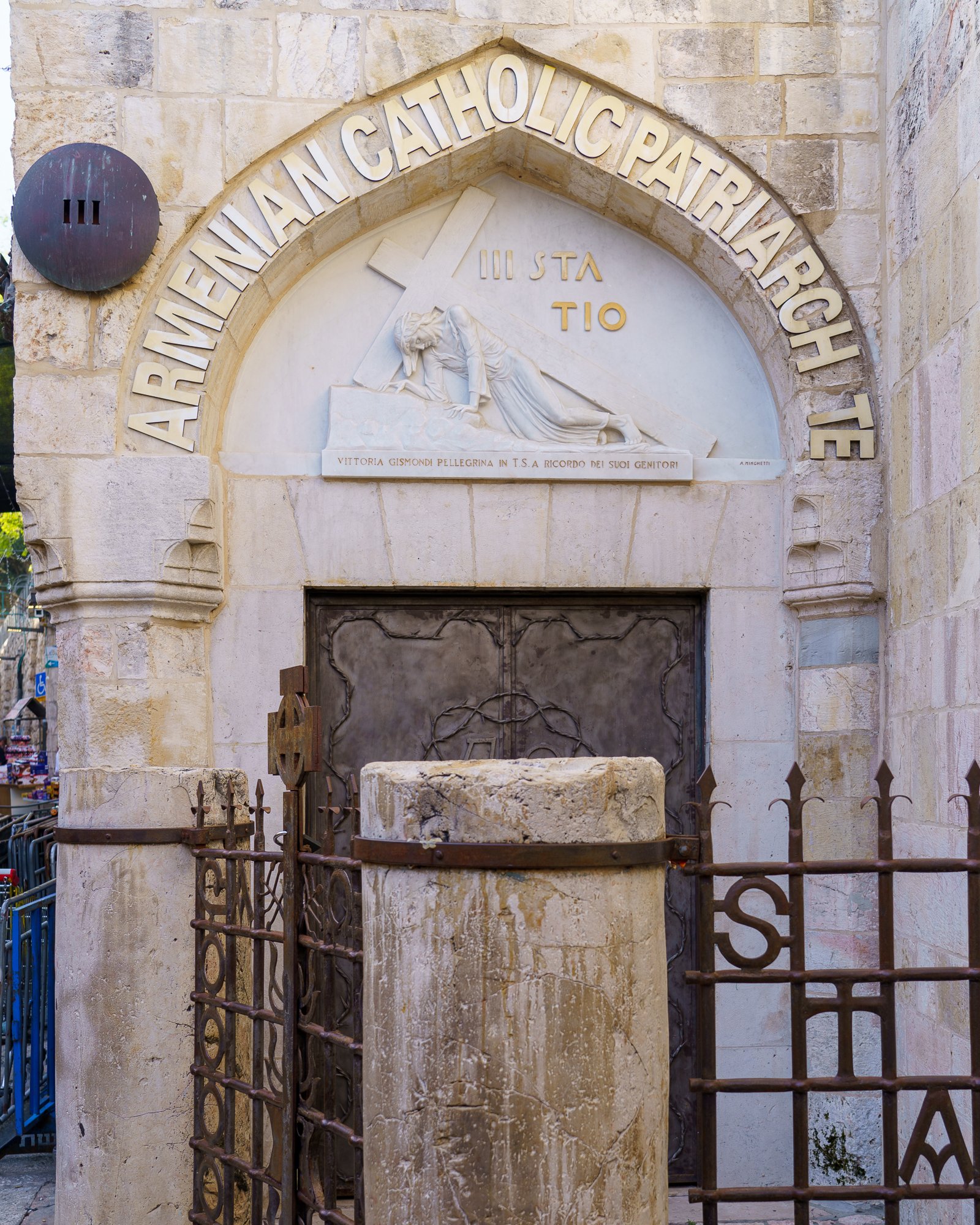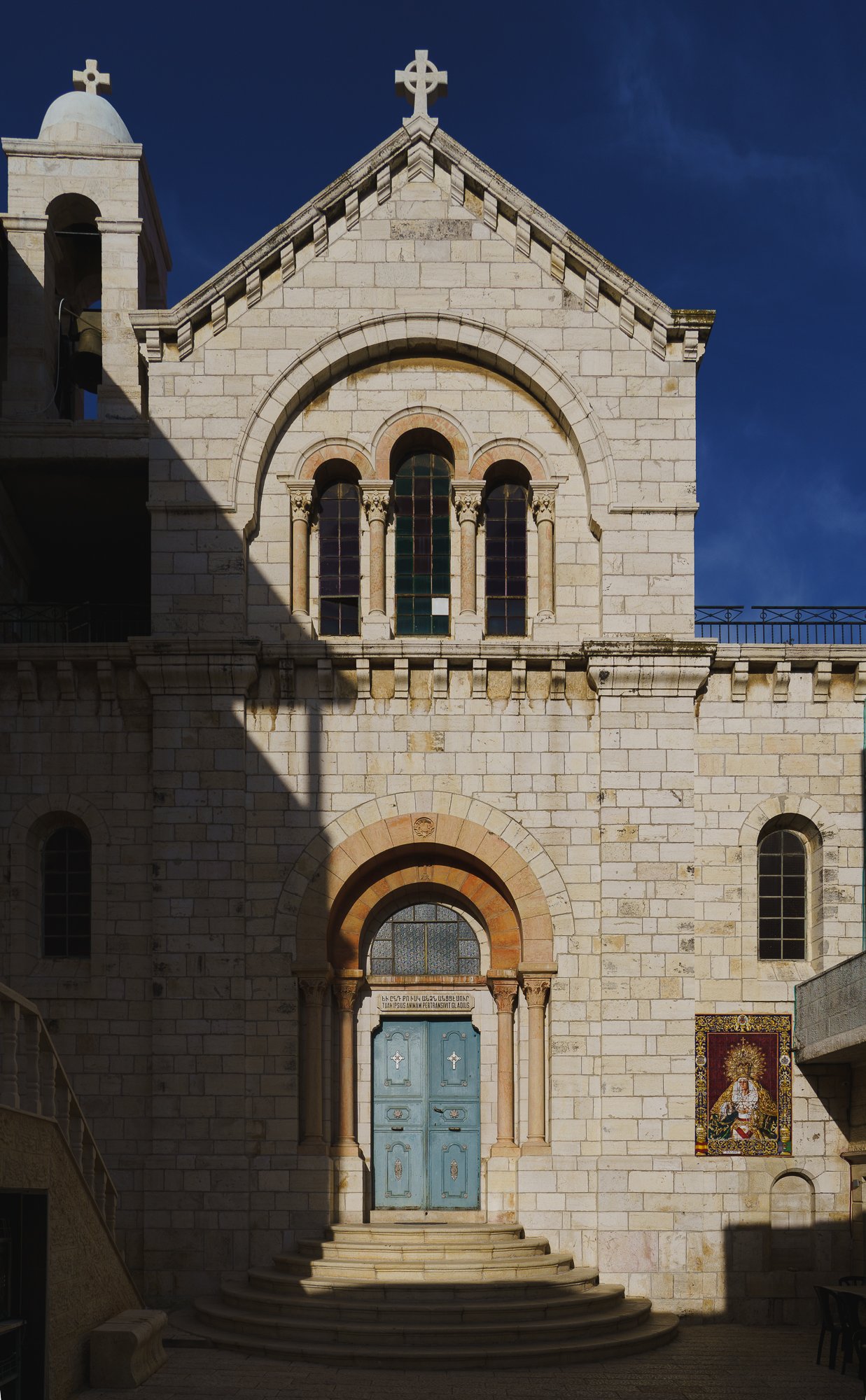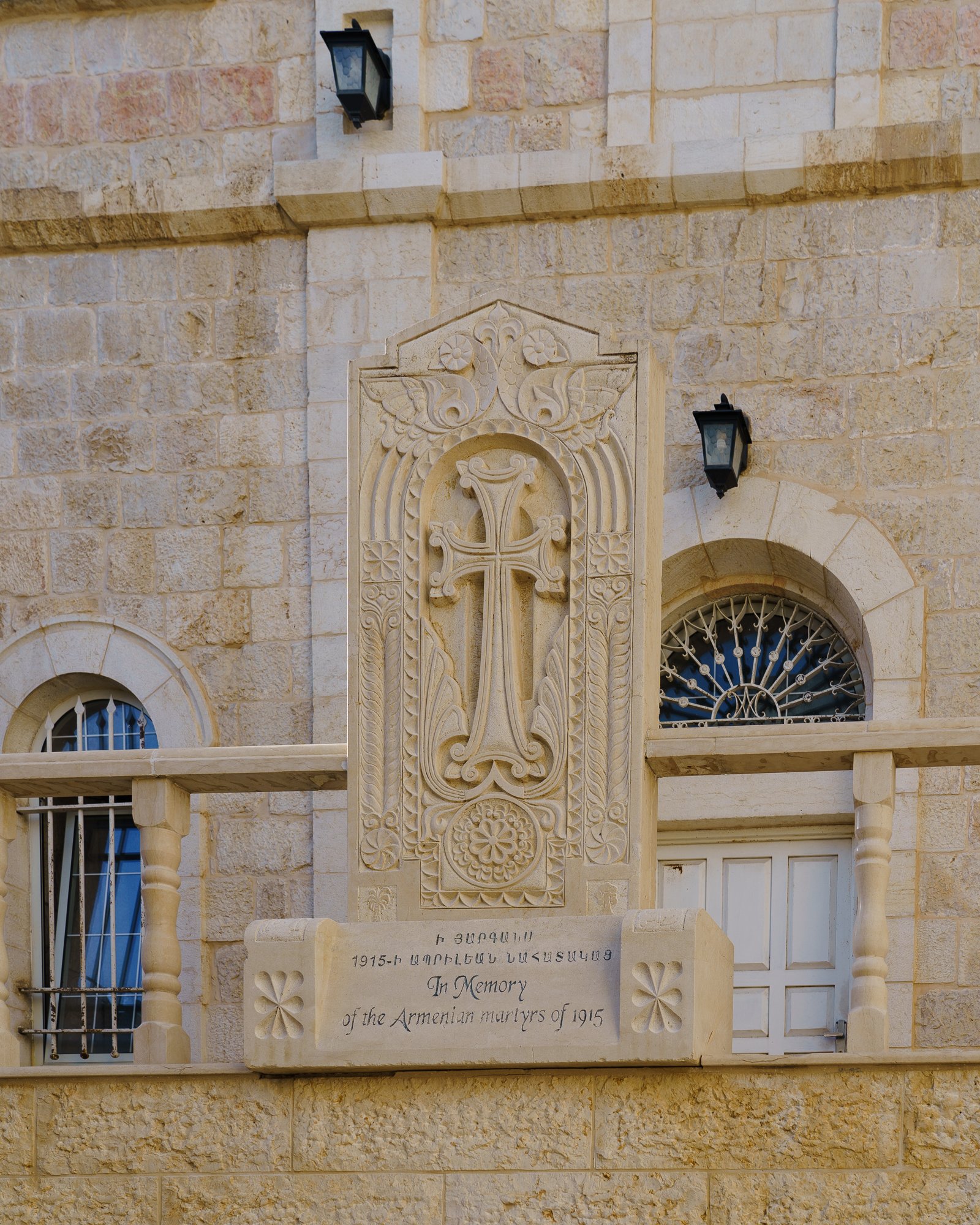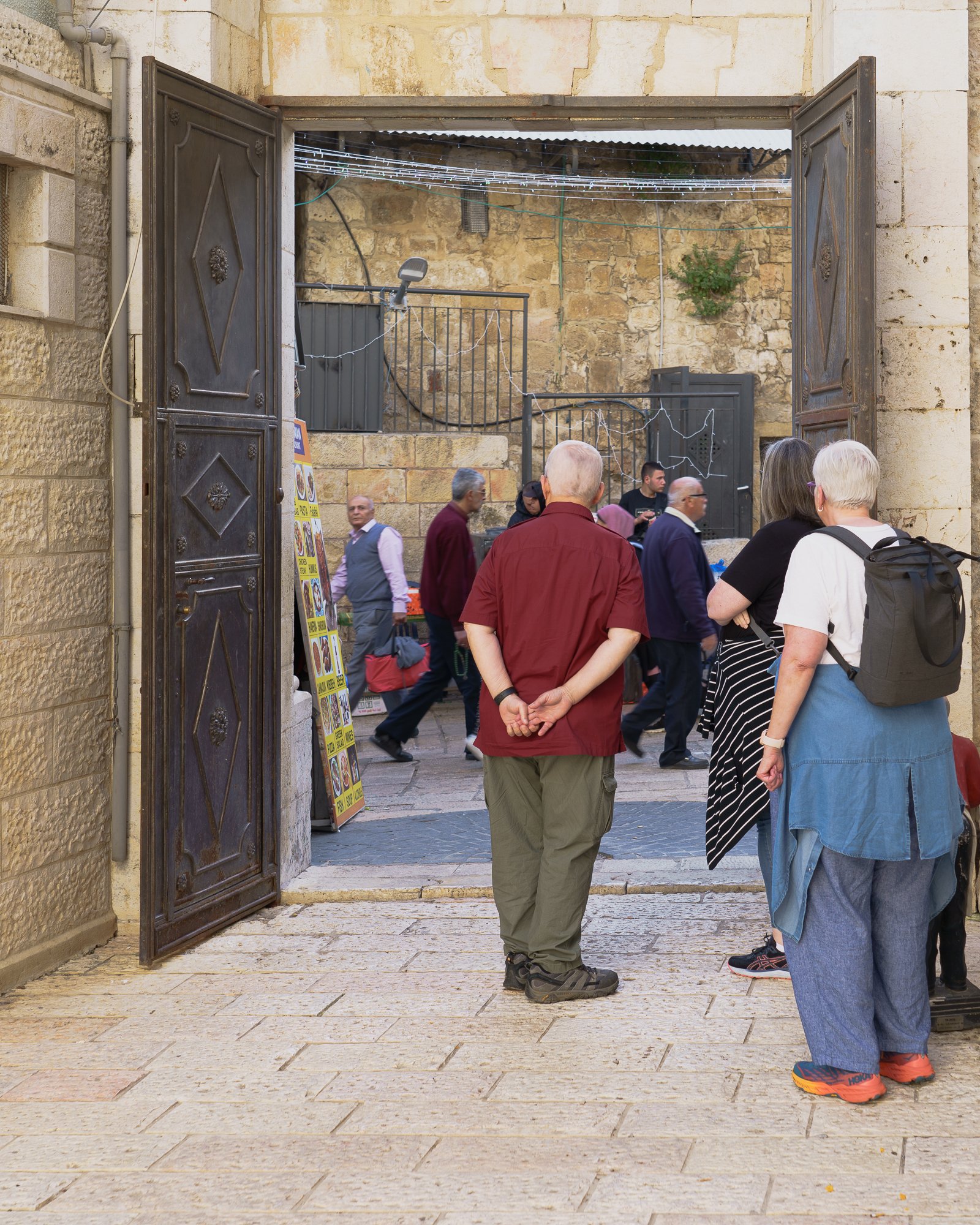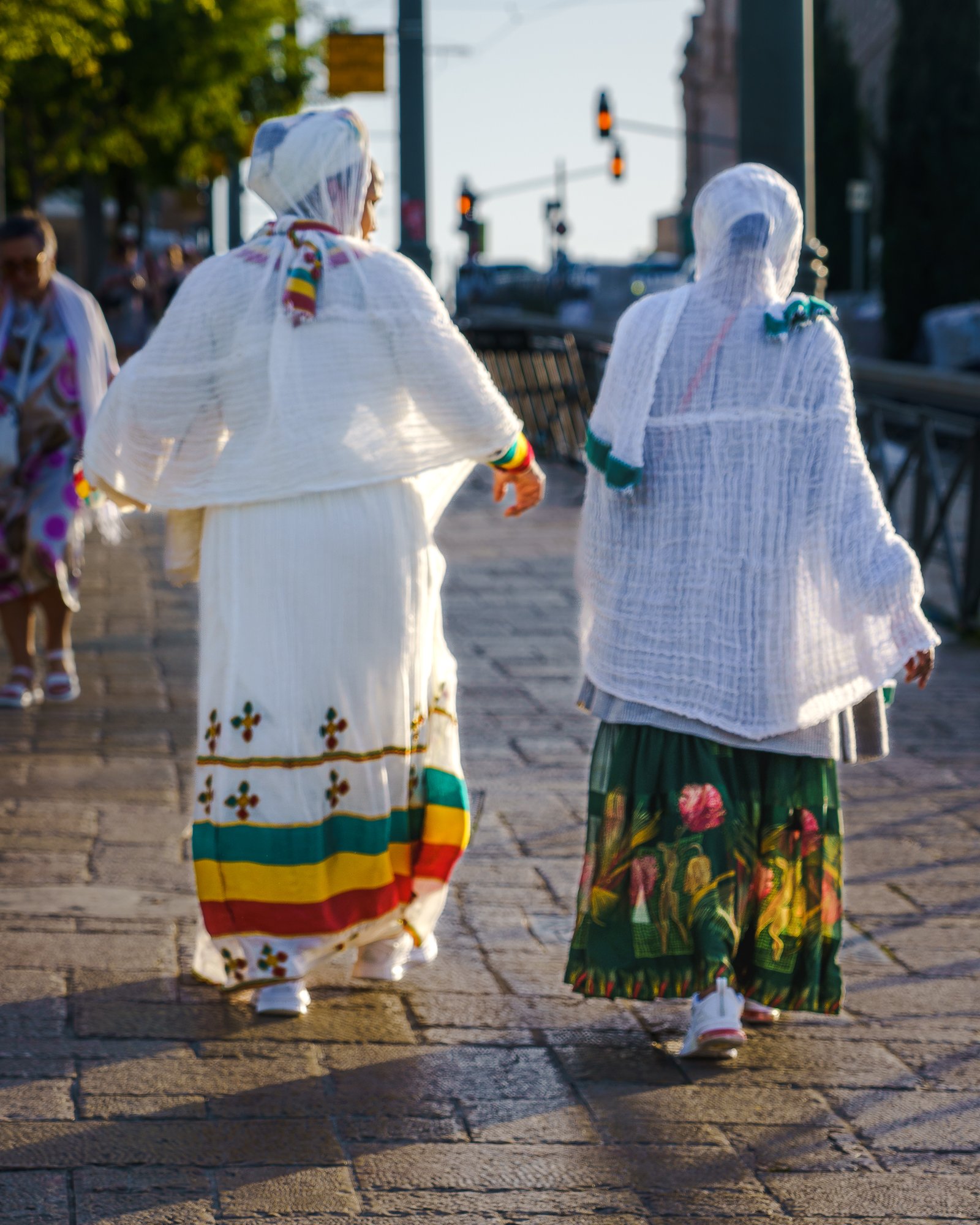Back to the Old City!
Saturday. The Sabbath! The Sabbath is a BIG DEAL in Israel. Everything is closed. Closed tighter than a Southern town during the peak of the Blue Laws! The museums we wanted to see were closed, and even public transportation doesn’t run. Sabbath had actually begin at sunset the night before. We were lucky we had found one of the few restaurants open on the Sabbath. As we walked to at dusk, we could see places closing up and people heading home. A siren even sounds at sunset to let people know that the Sabbath has begun.
However, a couple of hundred meters to the East and we would be across the Green Line in Palestinian territory where Muslims and Christians follow a different schedule. Fortunately, the Old City of Jerusalem is also across the Green Line so after breakfast we made our way there.
I have to say, the Sabbath is also a huge gift. Jaffa street, a major roadway near our hotel that leads to the Old City was a pedestrian’s delight. Families were out roller-blading, strolling, and playing. Nothing could interfere with personal time and the right to enjoy relationships and God’s creation. The difficulty is that two other major faiths also live in the same land and do not get the same courtesy on their sabbaths.
Before making the pilgrimage to Jerusalem, Leslie had long joined us on Disney trips, as had Loren a couple of times. So, imagine our delight when we found a store selling Disney mugs. Good thing it was the Sabbath and they were closed!
On the religious calendar, today is Orthodox Holy Saturday - the day of the Holy Fire Ceremony. When we got to the Northwest corner of the Old City, we could see thousands of pilgrims in holding pens like Times Square on New Year’s Eve waiting to get into the Old City. Police were carefully controlling entry at the Jaffa gate and New Gate, the primary access points to the Holy Sepulchre, and nobody was getting in.
Hmm. What to do. We asked a police office at the New Gate, “Do you speak English?” She curtly said, “No.” Is there somebody who can help us? “No!” They weren’t fooling. Disney fans will appreciate Loren’s comment, “Can we get a FastPass?”
So we got an idea - surely they cannot close the whole city. Jews need to get to the Western Wall on the Sabbath and Muslims need to get to the Al Aqsa Mosque. So, we followed the wall down the hill to the next gate, the Damascus Gate, which opens to the Muslim Quarter. Success!
The Damascus Gate is easily the most impressive entry point to the Old City. It was decorated for Ramadan festivities with street vendors selling bread, sweets, schwarma, falafel, hummus, and everything else. The smells were awesome. Once inside, we were in a traditional Arab souk. Instead of the souvenirs one finds at Jaffa Gate, these vendors sold everyday merchandise for the residents - clothing, electronics, sweets, nuts, and everything else. Some of these families had been in their stalls for generations.
We stopped a moment to get oriented and realized we could use a comfort stop and something to drink. I looked around and noticed we were right at the Austrian Hospice, a well-regarded hostel known for a tasty cafe and beautiful rooftop views. This would be a great place to get our bearings. The Hospice was established by the Austro-Hungarian Emperor in the 19th century first as a healthcare facility and then for pilgrim hospitality. Walking inside was like walking into 1890s Vienna.
The coffee shop sold Sacher Torte, Apfelstrudel (one each, please) and assorted beverages and light dishes. After rehydrating and re-fueling, we climbed to the rooftop gallery. Breathtaking. Leslie’s Yeti fell out of her bag onto the deck with a loud bang giving a poor woman a heart attack convinced it was a missile strike. Sorry!
People come with fears, but I have to say, there was never a moment we did not feel safe. It is odd. This city and land are clearly a powder keg. All it takes is one spark, yet daily life happens just like everywhere else. Just two weeks earlier, the Israeli forces were raiding the Al Aqsa Mosque, and we would later see the broken windows and bullet holes inside the sacred space. Today, on the Sabbath, at the height of Ramadan, and on Orthodox Holy Saturday, people just wanted to live their lives. The conflict is both universal and highly localized. Something will flare up here while everywhere else is fine. When it dies down, a spark ignites elsewhere. It has to be exhausting. And it’s not “us versus them.” All participants have many factions over which no one person or institution has control.
Psalm 122: O pray for the peace of Jerusalem, they will prosper that love thee.
The Hospice also has a lovely Roman Catholic chapel, with a Paschal candle burning ceaselessly through the Fifty Days of Easter. I admitted through of Fran biting her fingernails over that, but it was a marble chapel, not an 18th century wooden church! I had chosen Psalm 121:1 “I lift up mine eyes unto the hills [of Jerusalem], from whence cometh my help” as my Scripture for the pilgrimage, so I was delighted to find that day’s breviary was open to Psalm 121.
We checked Google Maps to see what was in the area we would want to do, knowing we would be back with the pilgrim group to do things with greater depth. We noticed there were two churches nearby, the Church of the Flagellation and the Church of the Condemnation. All I could think of was how difficult church growth would be if your church website was condemnationfreehold.org! It turns out that these are basically two chapels marking the first two stations of the Cross, the condemnation of Jesus and the whipping and crowning with thorns. There was also an archeological museum, so we went to check it out.
What I love about the Old City is that walking down the streets you just see walls, doors, and gates. Each door or gate hides an oasis or a mystery or an ancient shrine. The simple doors of the Condemnation site opened onto a lovely courtyard separating the two churches.
We were struck by the Church of the Flagellation, built int he 1920s with a stunning mosaic of the Crown of Thorns in the dome over the Altar. This was our first Antonio Barluzzi church. He was a church architect who oversaw the construction or repair of many of the holy sites when pilgrimages became a major business in the Holy Land in the early 20th century. While the sites themselves are ancient, today’s churches are often younger than our own St. Peter’s, often incorporating ruins of the crusader or Byzantine churches that stood there before.
The archeological museum had a good sight and sound show that described the changes to Jerusalem over the millennia. The stone streets we walk on are often meters above the city that was there in Jesus’ day. This city has been destroyed and rebuilt many, many times and yet still seems ageless.
We headed back to the main thoroughfare from the Damascus Gate to figure out dinner. Abu Shukri is regarded as the best schwarma shop in Jerusalem in the Middle East and was just down the road so we stopped in for two kinds of hummus, falafel, schwarma, and salads. Yes, this place is incredibly good!
After our early dinner we headed back up the hill toward our hotel. We passed the Armenian patriarchate at the Third Station of the Cross, Jesus falls for the first time, and peeked into the courtyard. There was a plaque commemorating the genocide. Armenia was the first country to adopt Christianity so takes pride of place in the pantheon of Christian cousins.
Now the the Holy Fire ceremony was over, the New Gate was open so we peaked in to get some shekels (cash is preferred in Jerusalem) and check it out. This is the heart of the Christian quarter and was surprisingly quiet and relaxed. We came across an Armenian ceramic shop and started to learn the history of Armenian tile works in Jerusalem.
During the Armenian genocide, a ceramic artisan had been given a commission to re-tile the Dome of the Rock. The collapse of the Ottoman Empire after World War I canceled that contract, but the the artisan and his family and some co-workers were still able to emigrate to Jerusalem where the set up shop. Think about that for a moment - Christians who faced certain genocide for their Armenian nationality found a haven in Muslim Jerusalem. There is a tile work (Armenian, of course!) that shows Jerusalem as the center of the world, drawing people from all over the earth with hopes and dreams. This city has stories to tell about so many people, places, and things.
Nearly all of the tile work in Jerusalem comes from them, including every street sign in the Old City featuring the street names in Arabic, English, and later Hebrew (another story for another time). The descendants of the first immigrants still have studios in the Old City and East Jerusalem and are delightful people.
Leslie and Loren stayed behind for some wine and cheese and we headed back to the hotel because we would have an early start for Masada, the oasis Ein Gedi, and the Dead Sea in the morning.
